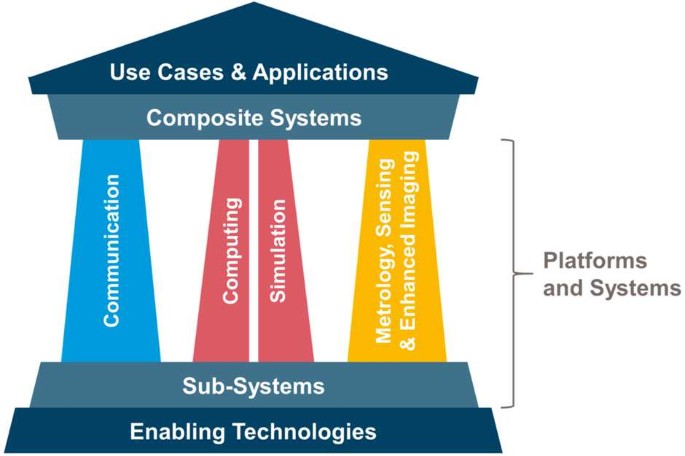
Breakthrough Quantum Sensing Method Improves Detection of Extremely Faint Signals
A group of physicists at the University of Southern California (USC) has introduced a significant improvement in quantum sensing—a high-precision measurement technology that has the potential to revolutionize areas from medical diagnostics to fundamental physics studies. Their innovative technique, published on April 29, 2024, in Nature Communications, tackles one of the most enduring challenges in the domain: decoherence.
Decoherence denotes the collapse of quantum states due to disturbances from the surrounding environment. It stands as a major barrier in quantum technologies, leading to the erosion of information encoded in fragile quantum systems, thus diminishing the accuracy or sensitivity of measurements.
“Decoherence results in the quantum system’s state becoming randomly scrambled, obliterating any quantum sensing signal,” stated Eli Levenson-Falk, associate professor of physics at USC Dornsife and lead author of the paper.
To address this issue, the USC research team created a coherence-stabilized protocol that bypasses this restriction. The innovative technique selectively stabilizes one part of what is referred to as the Bloch vector—a geometrical depiction of a quantum state. This allows another part to expand beyond traditional boundaries, resulting in considerably stronger measurable signals.
Enhanced Sensitivity Without Increased Complexity
The elegance of the method lies in its simplicity. Unlike other advancements in quantum sensing that necessitate complicated feedback loops or numerous interacting quantum systems, this new approach requires no extra measurement infrastructure or resource burden. “Our protocol necessitates no feedback and no additional control or measurement resources, making it readily applicable across various quantum computing and quantum sensor technologies,” Levenson-Falk elaborated.
How significant is the enhancement? The novel protocol boosts measurement sensitivity by up to 65% for each individual measurement compared to conventional sensing techniques—an extraordinary improvement in a field where even slight enhancements can lead to substantial practical advantages.
Quantum Sensors: Subtle Signal Detection Technology
Quantum sensors function by leveraging the behaviors of quantum systems, such as atoms, photons, or artificial atoms referred to as qubits, to identify exceedingly minute changes in their surroundings. These changes could occur in electric or magnetic fields, time intervals, or gravitational gradients.
“Imagine trying to discern a soft whisper in a noisy setting. Quantum sensing devices identify phenomena that are too slight or faint for standard measuring instruments to detect,” expressed Matilda Hecht, the study’s lead author and a doctoral student at USC.
This specific research utilized a superconducting qubit—a crucial element in numerous quantum computing frameworks—as the experimental basis for the protocol. The performance enhancements imply the method could be applied not only in specialized sensors but across a wide spectrum of quantum computing and communication technologies.
Potential Uses Across Science and Technology
By extending the capabilities of quantum sensors, this technique could improve magnetic field mapping in neuroscience, enhance resolution in MRI devices, and permit more sensitive detection of occurrences like gravitational anomalies or dark matter interactions.
Moreover, this approach could greatly simplify quantum computing calibration processes. Accurately measuring qubit frequencies—an essential phase for ensuring correct logic operations in quantum computers—would become quicker and more precise, rendering this technique a valuable asset in the expanding quantum information sector.
“Our research provides the best sensitivity for detecting a qubit’s frequency to date,” mentioned Levenson-Falk. “Even superior sensing protocols exist, and we could leverage them for immediate real-world impacts.”
This breakthrough highlights the unexplored potential at the crossroads of quantum physics and engineering, paving the way for meaningful scientific and practical advancements in the near future.
Support Independent Science Journalism
If articles like this help to keep you informed or sparked your interest in emerging scientific domains, consider backing independent science journalism. Every contribution allows us to continue delivering accurate, engaging, and impactful coverage of pioneering research like this. Join us in our mission to make knowledge accessible and empowering for all.
Read the complete research article in Nature Communications: https://www.nature.com/articles/s41467-025-58947-4
— End of Article —